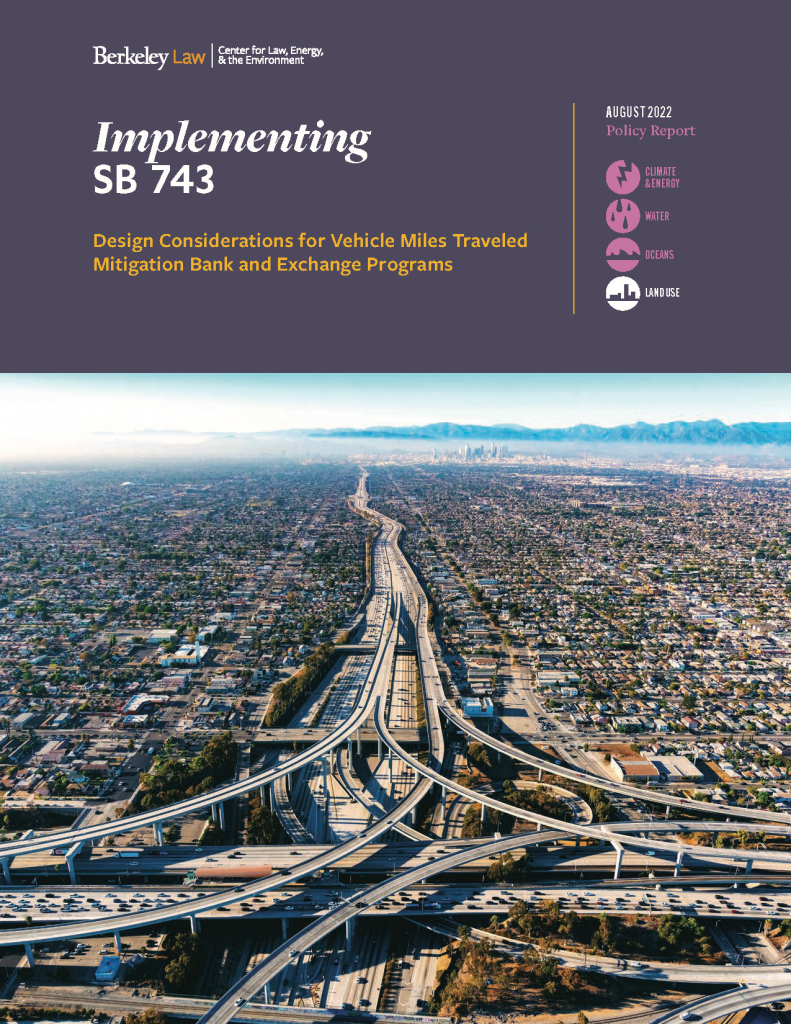This question vexes so many transit advocates, when we look at the relatively high costs to build fixed transit in the U.S. (and other English-speaking countries) compared to other advanced economies around the world. It’s a subject I tackled indirectly in my book Railtown on the history of the Los Angeles Metro Rail system and directly in the 2022 Berkeley Law report Getting Back on Track.
Now Los Angeles documentary film producer and editor Nick Andert is tackling the question in an engaging, informative and in-depth piece he posted on YouTube, featuring an interview with yours truly and Alon Levy of NYU.
For transit nerds and those who care about improving mobility in American cities, I highly recommend it:

I’ll be a guest on KQED Forum today at 10am PT discussing congestion pricing — where cities charge drivers to enter congested areas during peak times, as a way to limit traffic and pay for transit. The show is part of Forum’s “In Transit” series where I’m a regular guest.
London, Stockholm and Singapore all use congestion pricing, but it has yet to be adopted in any U.S. city. Los Angeles is now studying the concept, and LA Metro will soon release a report examining which parts of the city could benefit most from congestion pricing.
Joining me on the show will be Mark Vallianatos, executive officer in the Office of Strategic Innovation, LA Metro.
You can stream live or tune in on KQED in Northern California.
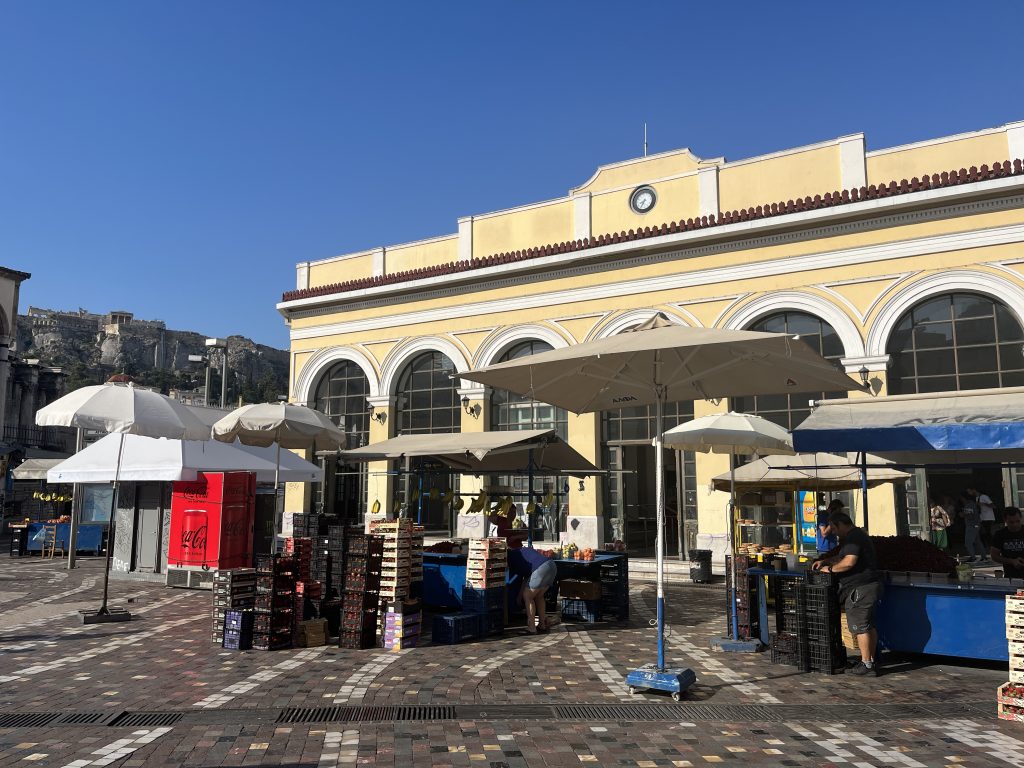
Digging holes in urban areas for rail transit tunnels and stations can unearth all sorts of challenges. But imagine doing so in a place like Athens, Greece, where thousands of years of the built environment can turn up at any scoop of the shovel.
Perhaps no station better exemplifies the challenges and beauty of digging through history then Athen’s Monastiraki Metro Station, located in the heart of the city’s bustling tourist center just north of the Acropolis. I had the chance to visit it this month and was struck by the archaeological site located literally within the station, with some artifacts dating back to the Bronze Age.
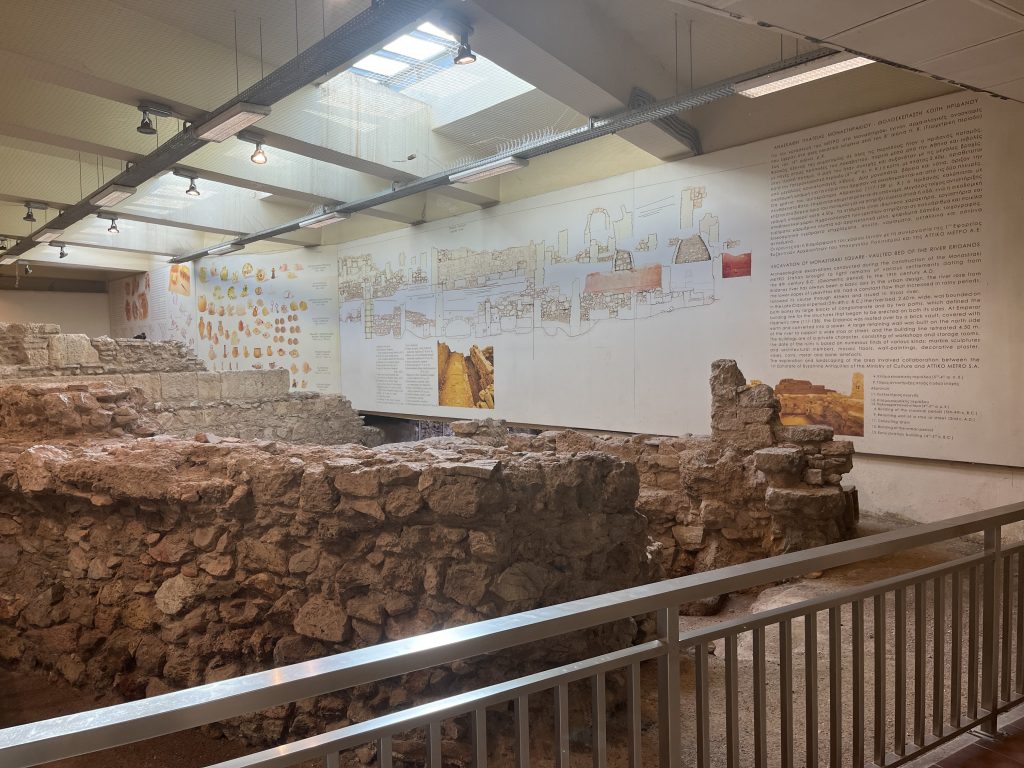
As Atlas Obscura described, the station sits on the ancient riverbed of Eridanos (called the “River of Hades” at the time). It was converted to a covered sewer under Roman emperor (and big Grecophile) Hadrian’s time. The ruins today are primarily from private buildings like workshops and storage rooms, dating as far back as the 8th century B.C.
The station itself was one of Athens’ main train stations for many years, and when Greece joined the European Union, the EU provided funding to transition it into the station you see today.
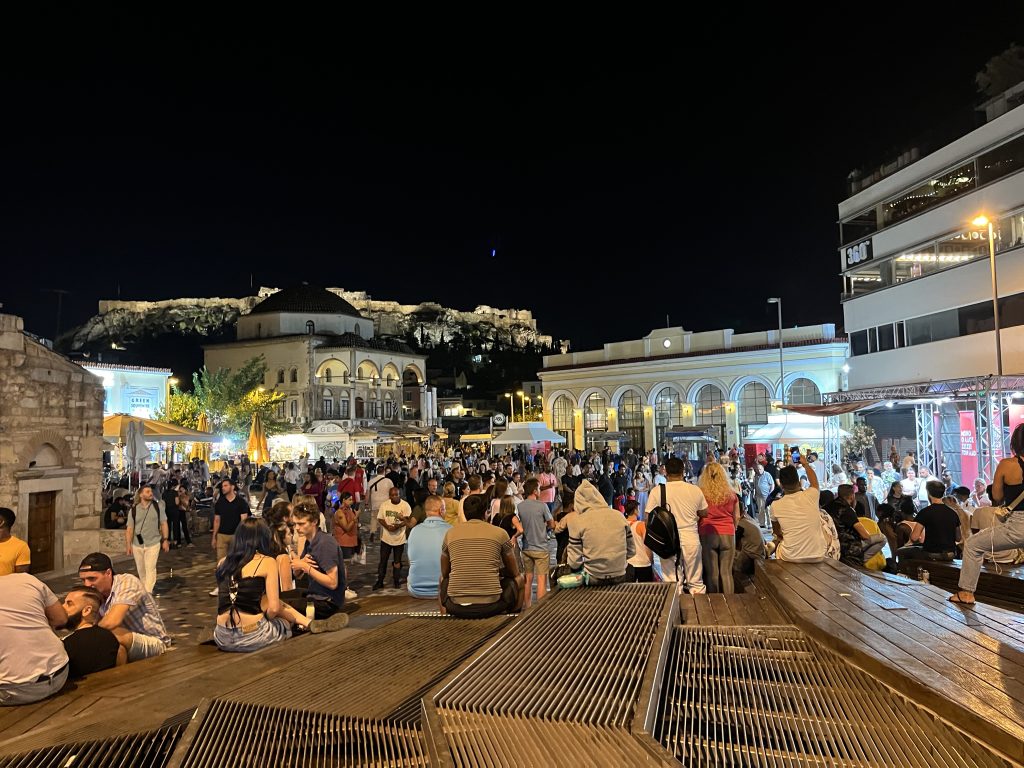
Of course, Athens is not alone in these Earthly challenges. Rome’s metro system has famously dealt with digging through archaeological sites for years. Los Angeles Metro Rail also found thousands of years of Native American history (including a village site by Union Station) plus Ice Age burials, particularly near the La Brea tar pits on the new Wilshire extension.
But for me the experience of feeling like I was visiting a museum at the same time I was at a Metro station was a new one. Kudos to Athens Metro for incorporating this history into the rider experience!
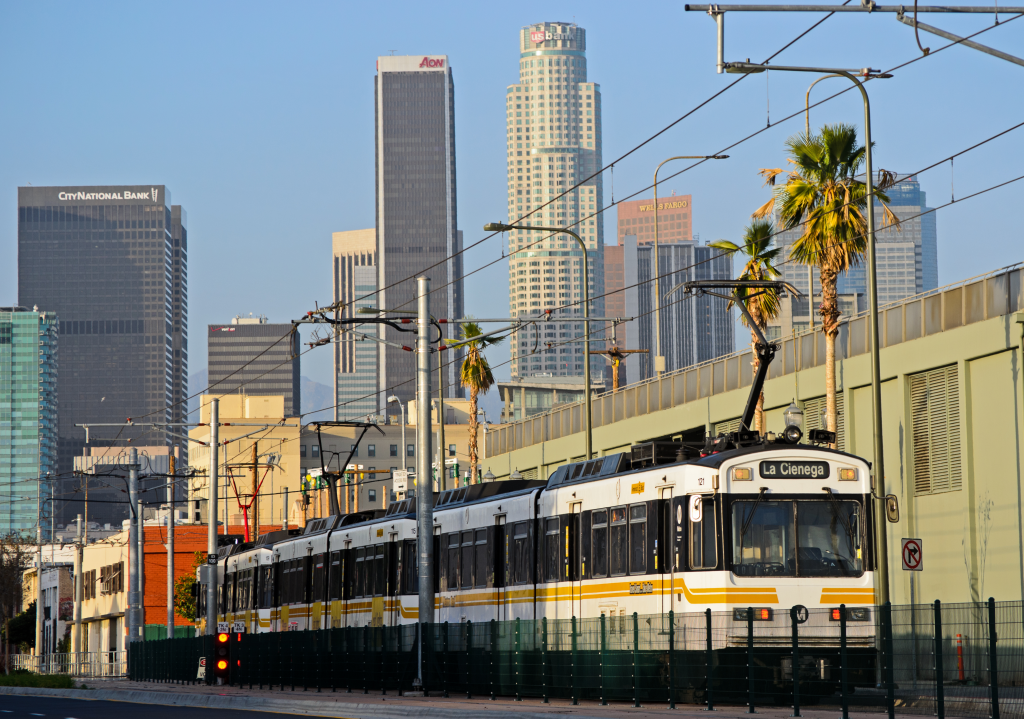
LA Metro Rail — the sprawling network of light rail and subway lines criss-crossing Los Angeles County since the first line opened in 1993 — is facing an existential challenge. Just like other transit agencies around the country, ridership since the pandemic has plummeted, still around just two-thirds of its pre-COVID peak.
What can be done to fix it? In my new Los Angeles Times op-ed today, I offer a number of fixes. Most of it involves building more apartments and compact housing within walking distance of the Metro Rail stations, which would ensure the system isn’t reliant just on white collar office workers who are unlikely to return to work full time.
But the agency also needs to address its crime and personal safety issues, which can be partly helped by having more riders. State leaders should consider these needs if they decide to take action to rescue LA Metro and other California transit agencies facing a “fiscal cliff” as federal COVID funds expire.
I’ve been documenting Metro Rail since before the publication of my book Railtown (UC Press) in 2014. And there’s no doubt that the ridership and fiscal crisis the system now faces is the greatest in its three-decade history. Hopefully these recommendations can help the region make the most of this multi-billion dollar investment, fulfilling the economic, environmental and quality-of-life promise of rail in Los Angeles.

Tonight on State of the Bay, I’ll be hosting Jessica Wolfrom, environmental reporter for the San Francisco Examiner, for an update on San Francisco’s climate action plan. As my colleagues at CLEE analyzed in a report last year, the city may need up to $22 billion to meet its climate goals.
Then we’ll uncover the mystery and history of Alcatraz: the prisoners, protests, escapes and more. We’ll be joined by John Martini, author, historian and former Park Ranger on Alcatraz Island, and Karley Nugent, current Park Ranger on Alcatraz.
Finally, we’ll hear about another great bay area gem: The Pacific Pinball museum in Alameda, with Larry Zartarian, president of the Pacific Pinball museum.
What would you like to ask our guests? Post a comment here, tweet us @StateofBay, send an email to stateofthebay@kalw.org or leave a voicemail at (415) 580-0718.
Tune in tonight at 6pm PT on KALW 91.7 FM in the San Francisco Bay Area or stream live. You can also call 866-798-TALK with questions during the show.
When California state agencies and other local leaders build or approve projects that increase overall driving miles, state law requires them to mitigate those impacts. A new report from CLEE describes how these agencies can reduce vehicle miles traveled (VMT) by investing in offsite options like bike lanes, bus-only lanes, transit passes, and other measures that can effectively and efficiently reduce a corresponding amount of VMT.
Under the California Environmental Quality Act (CEQA), government agencies and developers are required to mitigate (where feasible) the significant environmental impacts of new projects subject to discretionary approval, including impacts to transportation.
Senate Bill 743, originally enacted in 2013, called for a new transportation impact measure that promotes greenhouse gas (GHG) emission reduction and multimodal transportation. In 2018 state leaders updated the CEQA guidelines to recommend VMT as the preferred impact measurement. VMT focuses on total vehicle trip-miles generated by a new project regardless of where they occur or how much traffic they cause.
Mitigating VMT impacts of new projects has the potential to shift California’s development patterns in a more sustainable, transit-oriented direction. It also creates the opportunity—and potentially the need—to conduct mitigation at locations other than the development site when onsite mitigation is not possible or practical. Such offsite mitigation can address the regional and statewide nature of VMT impacts in the most efficient and cost-effective locations, particularly when mitigation might prove difficult at the site of a suburban or exurban development.
If properly conducted, offsite mitigation could maximize flexible and locally appropriate transit, active transportation, and density investments. But to carry it out, state and local government leaders will need new frameworks to track mitigation obligations, plan investments, and facilitate transactions. CLEE and others have previously proposed “bank” and “exchange” programs to manage these capacities.
CLEE’s new report, Implementing SB 743: Design Considerations for Vehicle Miles Traveled Bank and Exchange Programs advances these proposals with a set of strategies for state agencies like Caltrans (the state agency most likely to be responsible for VMT-inducing projects) and local governments to develop bank and exchange programs that build on their existing environmental mitigation efforts. In addition to analyzing the legal and programmatic setting for VMT mitigation banks and exchanges, the report offers a set of recommendations for policymakers including:
- A state-level program for state agencies to manage mitigation and select locally appropriate investments, likely based on collaboration between Caltrans and other state transportation and land use agencies
- Regional-level programs for local and regional agencies to manage mitigation flexibly and efficiently within appropriate geographic limitations—likely managed by Metropolitan Planning Organizations or Regional Transportation Planning Agencies, but potentially run by large cities or counties in some cases
- Frameworks for analyzing the “additionality” of VMT mitigation investments to ensure that bank and exchange program funds support VMT reductions beyond those that would have occurred anyway
- Strategies for defining equity in the context of VMT mitigation and integrating equity into the decision-making of a bank or exchange program
Cities and counties around the state, from San José to San Diego, are in the process of developing their own approaches that could become, or could integrate into, VMT banks and exchanges. Caltrans and local government leaders will require significant time and resources to develop programs that fit the nature of the VMT-inducing projects they oversee and the needs and priorities of the areas they represent—and many questions remain, from prioritizing different mitigation investments to ensuring those investments are made in an equitable fashion. The strategies outlined in the report should help inform these decisions and advance the VMT reduction efforts initiated by the legislature nearly a decade ago.
This post was originally co-authored by Ted Lamm and Katie Segal on Legal Planet.
The “explainer” channel Cheddar tackled why Los Angeles lost its vast streetcar network and debunks the conspiracy theory that General Motors destroyed it, featuring an interview with me:

Tonight on State of the Bay, we’ll talk to BART Board President Rebecca Saltzman and San Francisco Chronicle reporter Ricardo Cano about rebounding BART ridership numbers.
Then, novelist and columnist (and childhood friend of mine) Vanessa Hua joins us to talk about her new novel, “Forbidden City.”
Finally, we learn about the return of the surf competition The Mavericks to Half Moon Bay, with Elizabeth Cresson, Founder of Mavericks Ventures LLC and Paul Taublieb, Event Producer and Partner, Mavericks Ventures LLC.
What would you like to ask our guests? Post a comment here, tweet us @StateofBay, send an email to stateofthebay@kalw.org or leave a voicemail at (415) 580-0718.
Tune in tonight at 6pm PT on KALW 91.7 FM in the San Francisco Bay Area or stream live. You can also call 866-798-TALK with questions during the show.
KCET public television in Los Angeles covered the history of Los Angeles rail for the “Lost LA” series hosted by Nathan Masters, from the Red Cars to the modern Metro Rail system. Nathan interviewed me on the latter system, featured in the video below toward the end.
The episode is worth watching in full for an entertaining and informative recap of Red Car history. Nathan goes for a dive off the coast to try to find old streetcars sunk to create reefs and takes a ride on a preserved car at a rail museum.
I also wrote a companion article for KCET on this history, “From Rail to Roads and Back Again: The Rebirth of L.A.’s Public Transit,” based on my 2014 book Railtown (UC Press). While Los Angeles will never again have such a comprehensive rail transit system as with the Red Cars, the modern Metro Rail system is helping to fill important mobility gaps and helping to build a new city oriented around convenient rail service.

